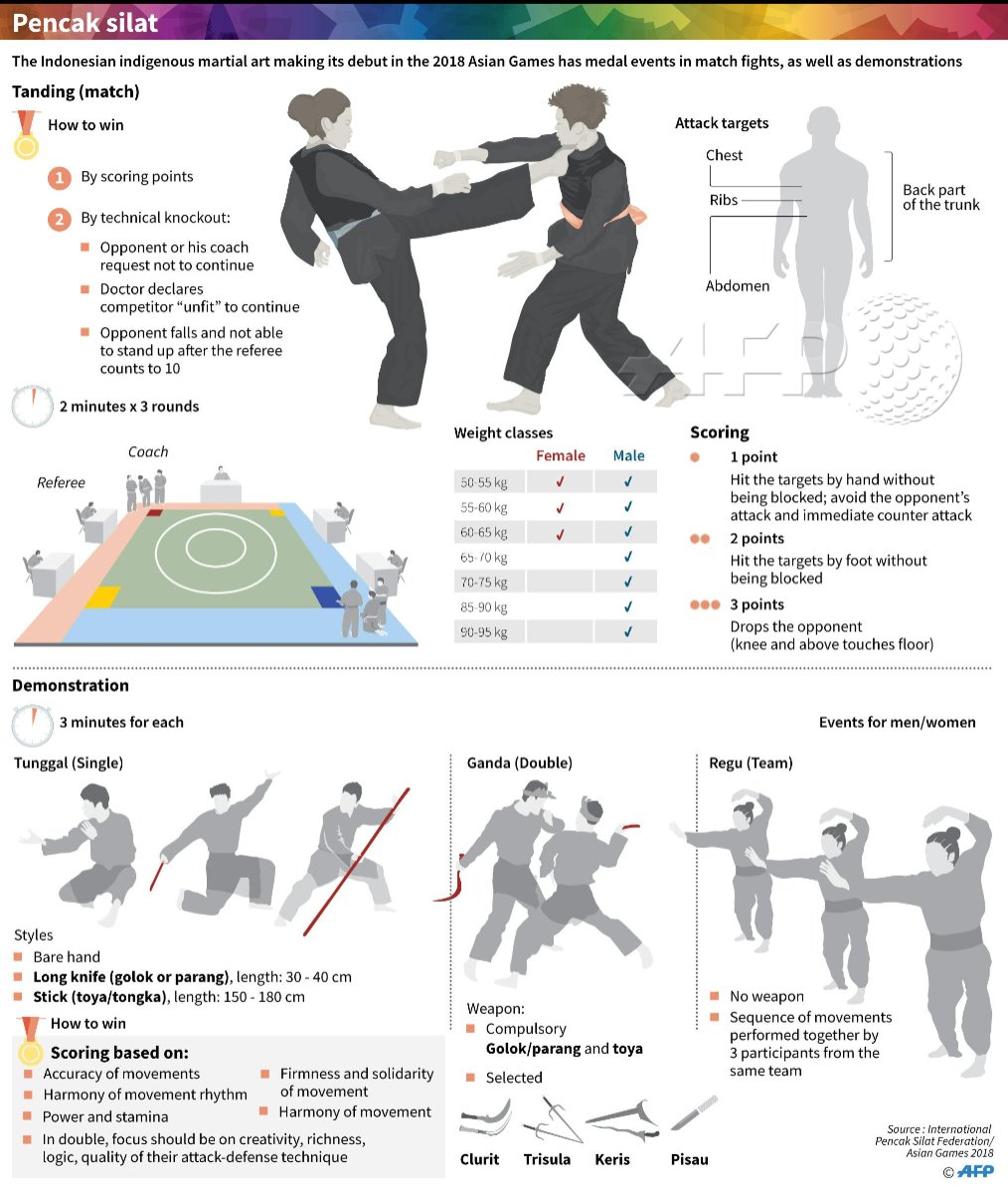The Development And Historic Significance Of Martial Arts Across Different Cultures
The Development And Historic Significance Of Martial Arts Across Different Cultures
Blog Article
Post By-Padilla Ebsen
Martial arts have a remarkable history that spans centuries and continents. You may find it interesting how ancient practices like Shuai Jiao and Kalaripayattu laid the groundwork for modern-day battle methods. These disciplines not just emphasize physical abilities however likewise mirror the societies that birthed them. As you explore their evolution, think about just how globalization has transformed these conventional types into crossbreed styles. What impacts do you believe have shaped today's martial arts landscape?
Ancient Martial arts: The Structures of Battle
As you delve into the globe of old martial arts, you'll find the abundant foundations that shaped combat methods throughout societies. Very early methods focused on Self-Defense and survival, often including strikes, grappling, and weapons.
In ancient China, for example, techniques like Shuai Jiao emphasized tosses and joint locks, while India's Kalaripayattu showcased dexterity and liquid motion. jiu jitsu for beginner adults established Kenjutsu, a polished swordsmanship that highlighted discipline and method.
These martial arts offered not just for fight however also as a means of individual development, instilling values like regard and willpower. The blending of these techniques gradually prepared for the diverse martial arts you see today, each mirroring the one-of-a-kind ideologies and needs of its culture.
The Cultural Influence on Martial Arts Growth
While martial arts frequently show the functional needs of a culture, they also personify the social worths and ideas of their beginnings. When you check out different martial arts, you'll observe exactly how they're influenced by religious beliefs, approach, and social standards.
For example, the focus on respect and discipline in Japanese martial arts comes from Zen Buddhism and samurai culture. On the other hand, Brazilian Jiu-Jitsu promotes adaptability and technique, formed by the requirement for efficiency in a varied, multicultural setting.
You might find that the routines, attires, and training techniques mirror an area's history and identification. By recognizing these cultural impacts, you deepen your recognition of martial arts and their duty in shaping human experiences across the globe.
Modern Adaptations and the Globalization of Martial arts
Martial arts have changed considerably in recent years, adapting to contemporary culture and worldwide influences. You'll notice that typical forms have blended with modern methods, creating hybrid styles like MMA. martial arts for four year olds deal with varied audiences, making martial arts easily accessible and enticing globally.
With the increase of social media and electronic systems, you can locate tutorials and competitors from all edges of the globe, damaging geographical obstacles. This globalization has actually brought about a common recognition for various disciplines, from Brazilian Jiu-Jitsu to Taekwondo.
As you engage with these arts, you'll recognize they're not nearly battle; they promote fitness, technique, and mental health.
Inevitably, modern-day adjustments have actually enhanced the martial arts landscape, making it a vibrant and evolving practice.
Verdict
In exploring the background and evolution of martial arts, you uncover a fascinating mix of techniques, societies, and ideologies. From old self-controls like Shuai Jiao and Kalaripayattu to the contemporary adaptability seen in mixed martial arts, martial arts show mankind's pursuit for Self-Defense and individual growth. As you involve with these methods, you not only acquire abilities however additionally a much deeper appreciation for the varied practices that shape our world today. So, continue your journey and accept the art of fight!
